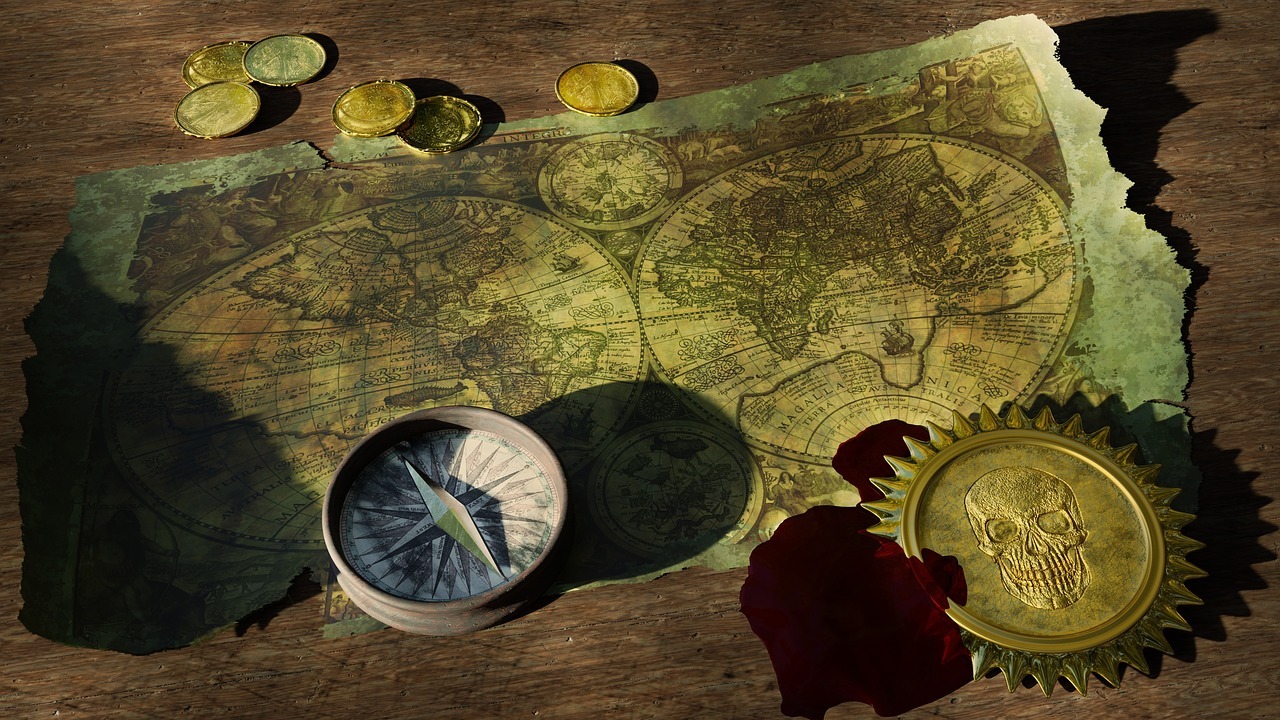Businesses spend a lot of time and money to create the perfect products and services to sell to clients. However, it can be difficult to determine if the business is thriving without the use of a sales territory map. We will be discussing the benefits of using a sales territory map and how to create one.

What is a Sales Territory Map?
This type of map is a way for your employees to assign sales based on the area. It gives the sales team a plan of action in regard to where they will be focusing their efforts, and which areas still require claiming. This will make it easier to determine where your team is at all times and to ensure that sales reps are not overlapping each other while they work. Your team members will also appreciate the use of a sales territory map because they will be receiving new leads at a consistent pace. This gives them more opportunity to collect bonuses and earn promotions. The benefits of using a sales territory map include increased sales, rising above the competition, identifying new customers, and better serving existing customers.
Using Mapping Software
Mapping your sales territory can be done with the use of mapping software Maptive.com, powered by Google Maps, is a good example of mapping software that can help you achieve data leads and improve your sales numbers. There are a few different steps that should be followed in order to achieve your ultimate sales territory map.
Step 1: Create a Custom Map
Creating a custom map is simple, as all you have to do is enter your location data into the software. When creating a sales strategy, the data will usually include information about the item or service purchased and the area where the customer lives as a minimum. This data can be manually entered or imported from a spreadsheet.
Once the data is uploaded, you can customize your map. For example, you can use the filters to show certain data types and hide outliers to analyze the numbers accurately. You can also use tools to help you organize and analyze your data to suit your needs.
Step 2: Use the Boundary Tool
Maptive offers users a boundary tool, which makes it easier to divvy up the information. You can create boundaries based on zip/postal codes, cities, states, or countries. If these options don’t work for you, you can create custom boundaries and draw them in yourself. This is a good method for sales teams who have previously worked within certain areas that are not contained in established boundaries.
At this point, you can incorporate demographic data into your selected regions. This data includes statistics about the population’s: race, age, education, gender, median family income, and others. By examining this data, your sales team can determine who their customers are, and how they can adjust their advertising to appeal to potential new clientele.
Step 3: Use the Heat Mapping Tool
Heating mapping is another tool that you can try out. This tool allows you to plot your sales on the map so you can see which areas are generating more revenue for your company. The data is coded with colored circles, indicating how dense the sales are in that area. When the sales density increases, the circle changes to red. Any areas on the map that are not red are opportunities for you to expand your marketing campaigns.
Step 4: Use the Route Optimization Tool
After using the boundaries and heat mapping tools, you will better understand which areas are doing well and which ones could use some more attention from your company. This is when you can use the route optimization tool to your greatest advantage. This tool will allow your sales representatives to plan the best route that they can take between client meetings. On a typical day, the sales rep might be attending meetings all over town. This tool will cut their commute time in half, giving them more time to spend with potential clients. You will be able to plan the shortest route to get to multiple locations, and you can also check the projected ETA to ensure that it is the most efficient use of time.